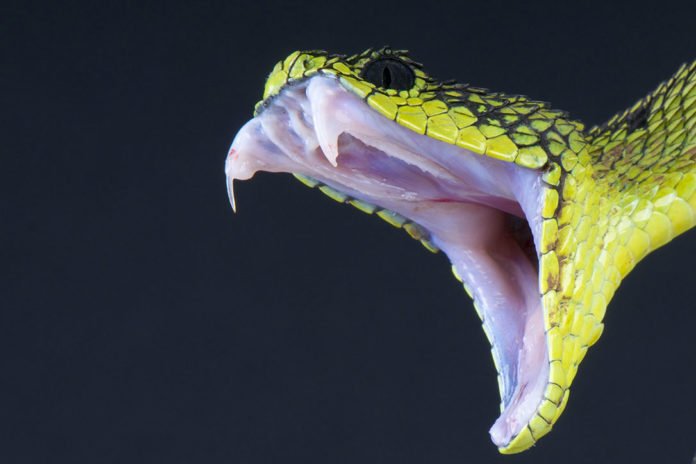Scientists now have discovered a treatment for snakebite in a completely different way and shows that it is possible to treat the bite from one snake. LSTM scientists have created a completely different species that causes the same pathology in humans.
Antivenoms are typically just compelling against bites from the types of snake giving the venom. Those are customarily created by the venoms of snakes from a solitary district. This implies there is a requirement for a wide range of neutralizing agents over the diverse parts of the world.
Instead of focusing on the problem geographically, scientists chose to center around the pathology caused countless venoms. These pathologies fall comprehensively into four classes: coagulopathy, where anomalous blood thickening is caused; discharging, where draining happens; neurotoxicity, which harms the sensory system causing loss of motion, and cytotoxicity, where the chomp causes the demise of cells and destruction of tissue.
Dr Stuart Ainsworth is the first author on a paper about the work published today in the journal Communications Biology. He said: “This work is extremely exciting and we hope provides a basis for looking at antivenom in a new way. Traditionally, when producing a polyspecific antivenom that could treat the bite of many different snakes, we have done so from a geographical standpoint.”
“However, we have now shown that it may indeed be of more benefit to look at the specific pathology caused, allowing clinicians an opportunity to treat the symptoms they see without having knowledge of the exact species of snake involved.”
Scientists found that some antivenoms could neutralize the coagulopathic nature of certain venoms from snakes which they were not manufactured from. The anti-saw-scaled viper antivenom could significantly prolong survival, in preclinical models, following envenoming with a lethal dose of venom from the very distantly related snake, the boomslang.
Senior author Dr. Nick Casewell said: “Each geographic area has a huge diversity in the types of venomous snakes that cause different pathologies. Demonstrating here the feasibility of designing antivenoms that target specific pathologies, rather than focusing on a specific region of the world, should enable the development of a suite of pathology specific antivenoms that could be used globally in a modular manner across the world.”
“This approach should also offer antivenom manufacturers with economies of scale to make snakebite treatments more affordable for the impoverished victims of the tropics who suffer the greatest burden of snakebite.”
Scientists now are planning to progress this research further. They will demonstrate if this benefit can be extended to other venoms containing toxins causing similar pathologies if this benefit can be extended to other venoms containing toxins causing similar pathologies.
In addition, they are exploring the potential of enzyme inhibitors as inexpensive alternatives to the antibodies currently used in antivenoms. We hope that our work, along with that of our collaborators, could provide a solution which makes a real difference to those individuals living in some of the world’s poorest communities.
The work published today in the journal Communications Biology.
